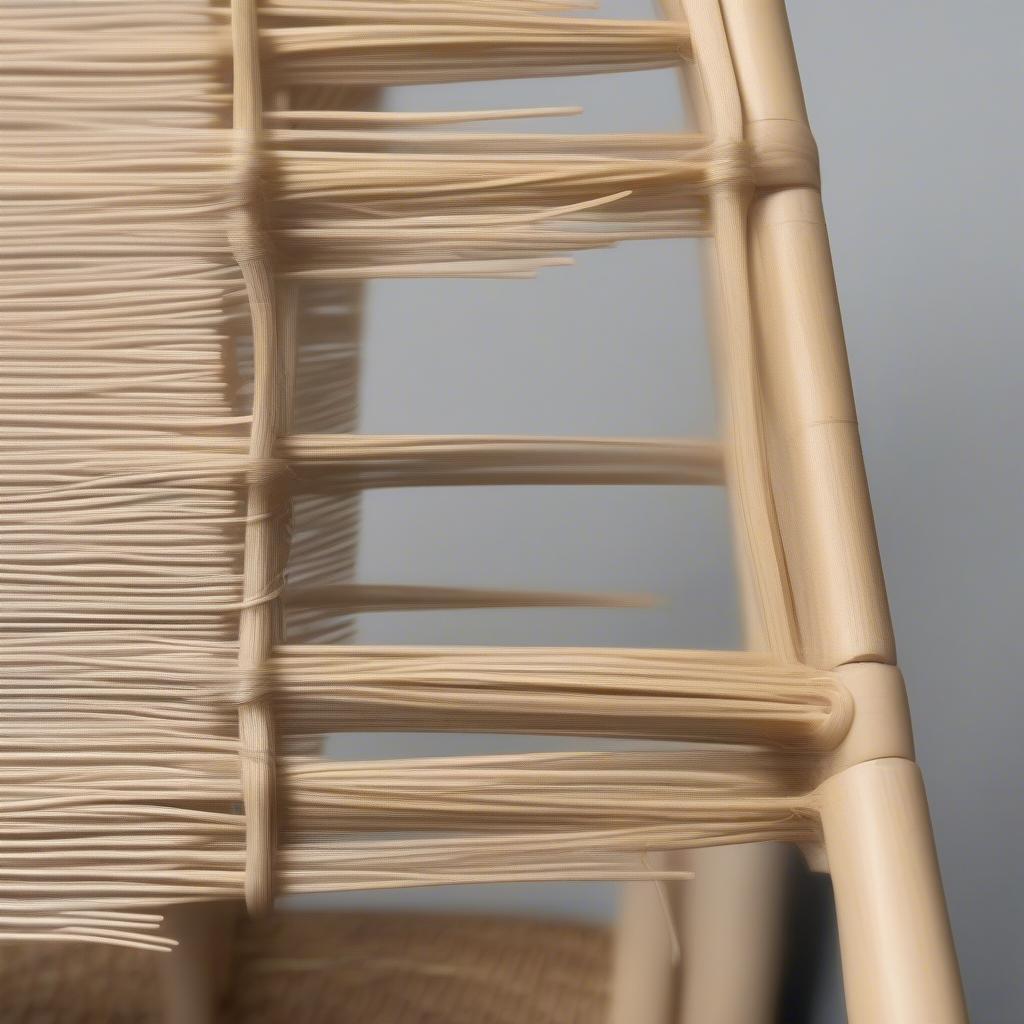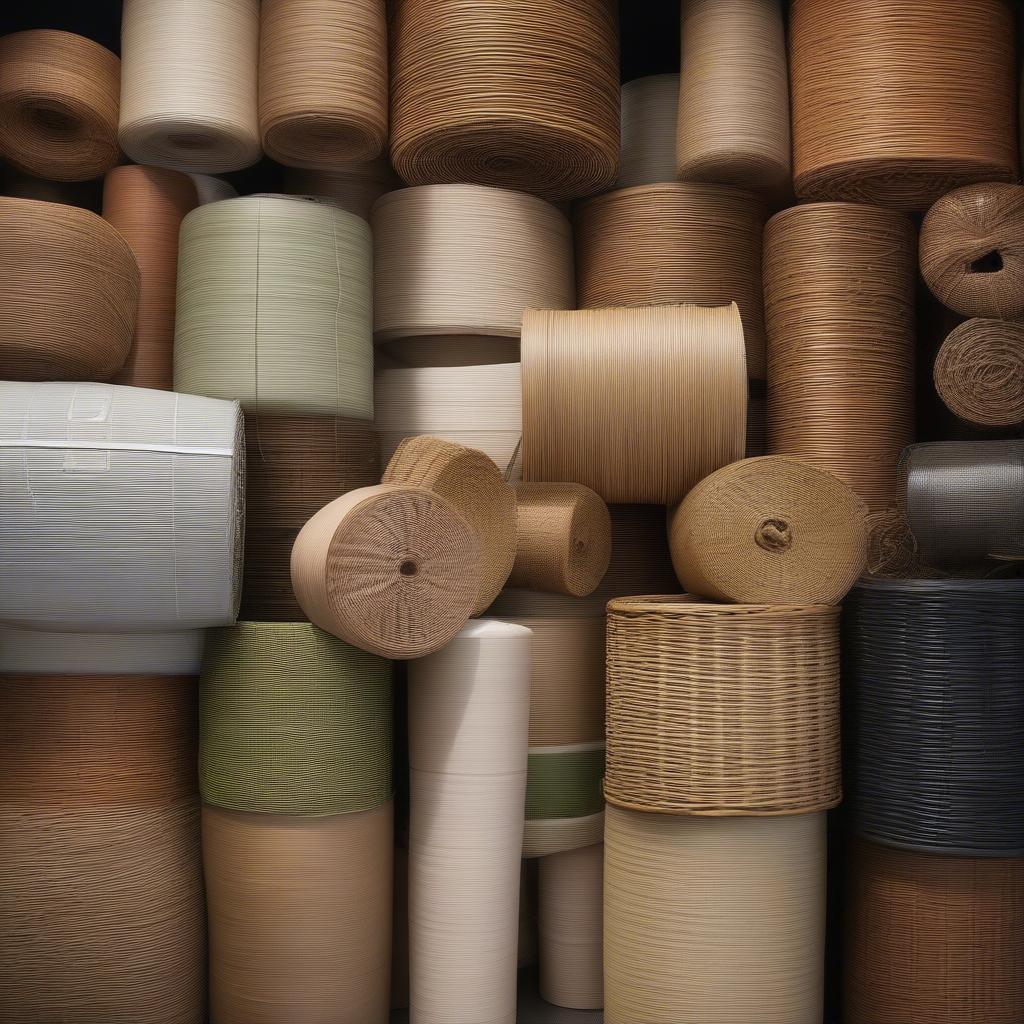Weave Chair
Pack Weaving for Chair Back: A Comprehensive Guide
Pack weaving, a traditional yet versatile technique, is ideal for creating durable and visually appealing chair backs. Whether restoring an antique or crafting a brand new piece, understanding pack weaving allows you to achieve professional-looking results and add a unique touch to your furniture. This guide will delve into the intricacies of pack weaving, exploring different materials, patterns, and techniques to help you master this craft.
Understanding Pack Weaving Basics
Pack weaving, also known as randing, involves tightly packing strands of material together to create a solid, woven surface. Unlike open weave techniques, pack weaving results in a dense and robust structure, perfect for chair backs that need to withstand pressure and wear. This technique is particularly effective for creating decorative borders, reinforcing structural elements, and adding a touch of handcrafted elegance to furniture pieces.
 Pack Weaving Basic Technique on a Chair Back
Pack Weaving Basic Technique on a Chair Back
Materials for Pack Weaving Chair Backs
Various natural and synthetic materials can be used for pack weaving chair backs. Traditional choices include:
- Rattan: A strong and flexible vine, rattan is a popular choice due to its durability and natural aesthetic. It can be easily manipulated and comes in various diameters to suit different projects.
- Wicker: Often confused with rattan, wicker actually refers to the weaving process itself. Wicker can be made from various materials, including rattan, willow, and bamboo.
- Seagrass: This natural fiber offers a unique texture and a more rustic look. It is often used for creating casual and coastal-inspired furniture.
- Synthetic materials: For outdoor furniture, synthetic wicker or rattan made from polyethylene (PE) or High-Density Polyethylene (HDPE) offer excellent weather resistance and durability.
 Different Materials Suitable for Pack Weaving
Different Materials Suitable for Pack Weaving
Choosing the Right Weaving Pattern
The pattern you choose greatly influences the final appearance of your chair back. Simple patterns like the basic over-under weave are ideal for beginners, while more complex patterns like the herringbone or twill weave add intricate detail. Consider the overall design of the chair and your skill level when selecting a pattern. Experimenting with different patterns on small samples can help you visualize the final result.
Simple Over-Under Weave
This foundational weave involves passing the weaving material over and under alternating vertical strands, creating a classic and straightforward pattern.
Herringbone Weave
The herringbone weave produces a distinctive V-shaped pattern, adding a touch of elegance and visual interest to the chair back.
Twill Weave
The twill weave creates a diagonal ribbed pattern, known for its strength and durability. It’s a popular choice for chair backs that require extra support.
Step-by-Step Guide to Pack Weaving a Chair Back
- Prepare the Frame: Ensure the chair frame is sturdy and clean. If working with an old chair, remove any existing weaving and sand down the frame.
- Soak the Material: Soaking the weaving material, such as rattan, makes it more pliable and easier to work with.
- Start Weaving: Begin at the bottom of the chair back, securing the end of the weaving material to the frame.
- Pack the Strands: Tightly pack the strands together as you weave, ensuring a dense and even surface.
- Maintain Tension: Consistent tension is crucial for a neat and professional finish. Adjust the tension as needed throughout the weaving process.
- Finish the Weave: Secure the end of the weaving material tightly to the frame. Trim any excess material.
Expert Insights on Pack Weaving
“Pack weaving is a testament to the beauty and strength of natural materials,” says renowned furniture designer, Emily Carter. “It’s a technique that allows you to create truly unique and enduring pieces.”
John Miller, a master weaver with over 20 years of experience, adds, “The key to successful pack weaving lies in consistent tension and the careful selection of materials.”
Conclusion
Pack Weaving For Chair Backs is a rewarding craft that allows you to create beautiful and functional furniture. By understanding the different materials, patterns, and techniques involved, you can achieve professional-looking results and add a personalized touch to your home or business. With practice and patience, you can master this traditional technique and create stunning chair backs that will last for years to come.
FAQ
- What is the difference between pack weaving and wicker?
- What materials are best for outdoor pack weaving?
- How do I repair a broken strand in pack weaving?
- What are some common pack weaving patterns?
- How do I maintain my pack woven chair back?
- What tools do I need for pack weaving?
- Where can I find resources to learn more about pack weaving?
Need further assistance? Contact our 24/7 customer support at Hotline: +84 388 951 999, located in Hanoi, Vietnam or Tech Avenue, Suite 12, San Francisco, CA 94105, USA.
